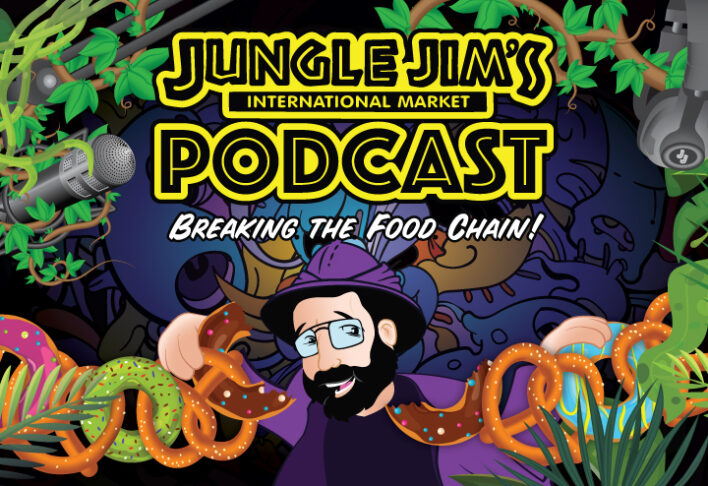
Beer Department: Get to know Brettanomyces
Back to feed- Posted: 3/15/2017
- Categories: Craft Beer
|
Most beer is fermented by yeast of the genus Saccharomyces, mostly of the species cerevisiae. There are thousands of strains of saccharomyces cerevisiae, many of them unique to specific breweries. All of these strains occur at a subspecies level; thus, various strains can be crossbred to create new strains that have desirable traits or that produce desired flavors and aromas in the finished beer. Many beers are defined by their yeast, whether it be the trademark banana and clove flavors of German hefeweizen or the black pepper and lemon notes in Saison.
|
Other than saccharomyces cerevisiae, the other thing most beers have in common is their hatred of another genus of yeast, Brettanomyces. Commonly referred to as brett, this genus includes six species of yeast that can be found in nature in wood, on fruit skins and floating in the air. For most beer (and wine), getting contaminated by brett means the beer (or wine) has been ruined because the aromas and flavors that brett produces are considered major flaws. Brett contamination can occur from use of tainted wood barrels, lack of proper sanitation or even simple bad luck if the beer is exposed to brett in the air during transport from one vessel to another.
Despite the fact that most of the beer world is deathly afraid of Brett, it still has an indelible place in beer culture as a handful of beer styles have embraced Brett. Belgian lambics are the most prominent and longest standing example of this. Lambics are primarily fermented by Brettanomyces bruxellensis, a species native to the Senne River Valley and the Pajottenland in central Belgium. What makes lambic so cool is that it is spontaneously fermented. This means that, rather than carefully introducing yeast and micro-managing fermentation, lambic brewers make their beer in wide and shallow open-air fermenters called coolships that maximize the beer’s exposure to air and the B. bruxellensis floating in it. In this way, the brewers get out of the way of the beer making process and allow the beer to make itself naturally. Lambic is defined by, and wears like a badge of honor, all the flavors and aromas that make Brett so reviled by the rest of the beer world. Lambics taste of barnyard, horse blanket, hay, earth, grass and tangy under-ripe lemon. The aromas offer up all those same notes plus wet stone, musty basements and pepper. While some of these descriptors may seem off-putting, I assure you that I mean them in the best, most loving way possible. The best lambics combine all these flavors in a miraculous symphony that is unlike any other beer you’ve ever had. Lambics also feature good acidity which contributes to how food friendly they are. The most famed lambic producers are in extraordinarily high demand and command high (albeit worthwhile) price tags. If you ever come across Cantillon, Drie Fonteinen, Boon or Girardin, you owe it to yourself to try them. Trust me.
|
The good news for us beer lovers is that plenty of American breweries have discovered the joys of Brett and all its funky, earthy sour goodness. This means we can enjoy the flavors of Brett without selling our firstborn children for a bottle of Cantillon. Some American breweries, like Allagash and Russian River, have gone so far as to invest in their own coolships in order to faithfully reproduce lambic style beers. Others will intentionally pitch Brett or a yeast culture combination that may include Brett as well as
|
conventional Saccharomyces or even a lactic acid producing bacteria like Pediococcus or Lactobacillus. You would be well served to explore the fairly easily accessible and tasty beers from Crooked Stave out of Denver, CO. They brew exclusively sour beers, sometimes exclusively with Brett and others with their proprietary yeast blend that features Brett. Some of their beers are kettle soured and others are barrel soured for additional layers of sour, funk and complexity.
If you’re an adventurous beer lover like me, you owe it yourself to check out beers fermented by our much maligned but beloved underdog of the yeast world, Brettanomyces. If you’re looking for a starting point, feel free to pick our brains next time you’re in the store. Cheers!





